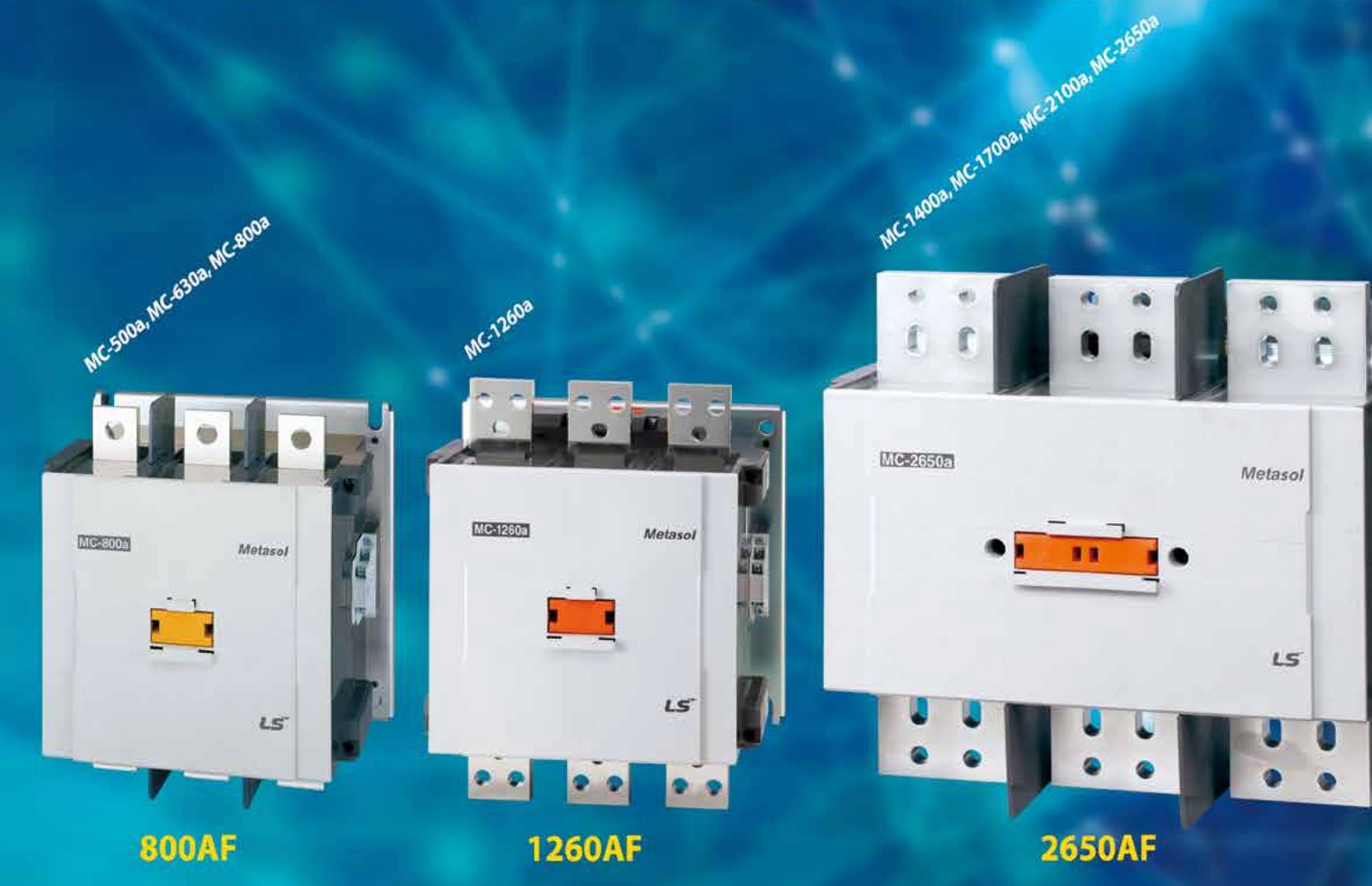When electricity is supplied to the coil, it opens the closed contacts, closes the open contacts and is responsible for all these works; Besides, electromagnetic switches that can be controlled are called contactors. The opening and closing of the contacts is provided by the contactor coil. In case of using contactor together with thermal relay, devices and systems exhibit a protective structure from possible overload currents. Contactors are used in low voltage systems. The contactor mechanism not only opens and closes the circuit present in its control in normal current, but also undertakes to cut off excessive currents. Contactors, which have the feature of operating in alternating voltage and controlling high voltage and current values, differ from relays with these features.
How to Connect the Contactor?
In accordance with the contactor connection diagram, the energy cable coming from the fuse output is connected to the input busbar of the contactor, which is in a stable state. The cable coming out of the output busbar on the contactor is connected to the input terminals of the motor or the receivers. In this way, contactor connection is made.
What are the Important Considerations in Contactor Selection?
One of the most important points in choosing the contactor is to determine the load characteristic size in the best way depending on the motor power. The points to be considered while choosing the contactor for the electric motor;
– Opening and closing life of contacts
– Operating current (le)
– Operating voltage (Ue)
– Current that can be interrupted (lc)
– Coil voltage
– Type of work
– Usage class
Contactor Selection for Cage Induction Motors
In the selection of contactors for cage electric motors, the available motor power, current operating condition, current ambient temperature, motor operating current and environmental condition are taken into account.
Contactor Selection in AC Motors; Contactor selection is made according to usage areas. Breaking current, opening current and power factor play a determining role in the class of the contactor, in other words whether it will work in AC current or DC current.
Contactor Selection for Ring Induction Motors; When selecting contactors for ring induction motors, stator and rotor circuits are taken into consideration. The stator circuit is selected according to the thermal current, the selection to be made for the rotor circuit, the motor starting, whether there is an intermediate contactor and grounding.
What are the Contactor Types?
Types of contactors according to contactor production and current type, as well as class, are as follows;
Types of contactors according to current type;
– Alternating current contactors
– DC contactors
Types of contactors according to production status;
– Compressed air contactors
– Electro-pneumatic contactors
– Electromagnetic contactors
Types of contactors according to their classes;
AC1 = Used for active loads in heaters.
AC2 = Used in motors that draw 2.5 times the rated current.
AC3 = Used in caged asynchronous motors, escalators, conveyors, coolers, pumps.
AC4 = It has the feature of drawing 5.6 times the rated current during start-up in motors in intermittent starts. Contactor contacts perform opening and closing operation.
AC5a = Used in discharge lamps.
AC5b = Used in incandescent lamps.
AC6a = It is used in the commissioning of transformers.
AC7a = Used in household appliances with low inductive loads.
AC7b= It is used in household appliances with low inductive loads.
- AC8a= It is used in manually installed systems and coolers, such as a dinjector that is under overload.
- AC8b= Used in compressor engines.
- DC Contactor Types;
- DC1 = Used in ovens and heaters.
- DC3 = Used in shunt motors, slow-moving direct current motors and dynamic braking system.
- DC5 = Used in slow moving direct current motors, dynamic braking system and series motors.
- DC6 = Used in incandescent lamps with streamer.




